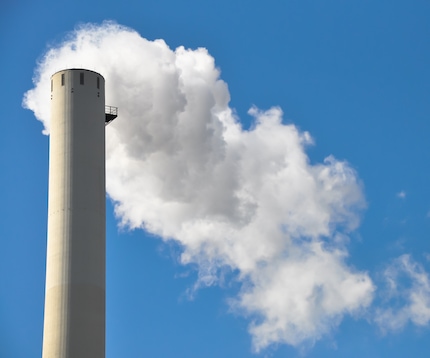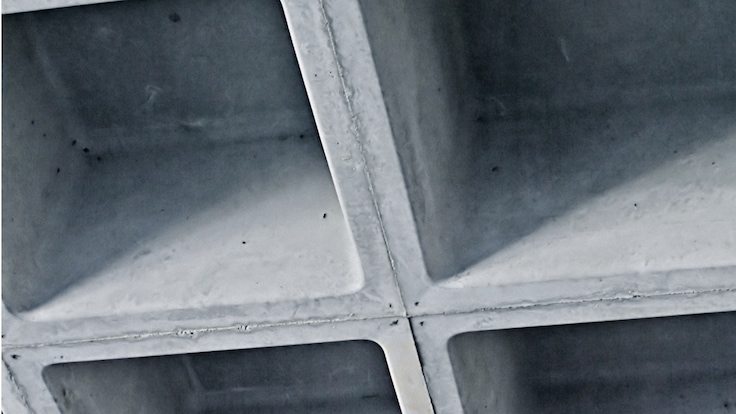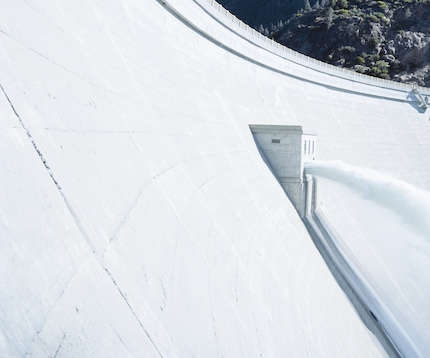
Linde's tried and tested NOx removal technology offers customers a high performance, low-cost route to zero-emission results.
By partnering with CarbonCure Technologies, Linde helps reduce the concrete industry’s carbon footprint.

Much of the public debate over harmful emissions focuses on mobility. In the meantime, one of the largest industrial emitters of CO2, the concrete industry, is making significant steps towards carbon neutral production - with the support of Linde’s carbon capture technology.
Cement production accounts for approximately 7% of all global carbon emissions, according to the International Energy Agency, second only to the iron and steel industry. Providing a key ingredient in concrete, cement production is likely to grow along with population growth and an increasing demand for concrete. “Some experts suggest that unless the industry substantially reduces its emissions, it could put the Paris Agreement's global climate targets in jeopardy”, Scientific American reports.
Thankfully, firms such as CarbonCure Technologies Inc. are taking decisive steps to reduce CO2 emissions. The Canadian clean technology innovator partners with Linde to further expand adoption of its technology into more and more countries.
When it comes to decarbonizing industry, concrete one was a hard one to tackle - until now. Part of the challenge is that cement production has remained largely unchanged since it was patented some 200 years ago. It has high fuel requirements, which are often satisfied by fossil fuels. But more than half of the industry’s emissions stem from the chemical production process itself, which releases large amounts of carbon dioxide as a byproduct, according to the Scientific American.
In a pre-production step, limestone, an important ingredient to cement, is heated to high temperatures, thereby emitting large quantities of CO2. One way to reduce the carbon footprint of concrete is to reduce its share of cement.

To this purpose, CarbonCure injects a precise dosage of captured carbon dioxide (CO2) into concrete during production, thereby improving efficiency and sustainability. With this method, concrete producers are typically able to reduce 4 - 6% of cement content while maintaining the concrete’s compressive strength. But how?
In a word, mineralization. The CO2 chemically converts to a nano-mineral, (Calcium Carbonate, or CaCO3) which becomes embedded in the concrete increasing its compressive strength. The result: an average of 15-20 kg of CO2 can be saved per m³ of concrete. And the bottom line for construction companies: reduce the carbon footprint of projects without compromising quality. Furthermore, the CarbonCure process has been approved by regulatory bodies in the US (ASTM), Canada (CSA) and Germany (DIBT).
With its innovative carbon capture technologies, Linde’s role is to capture the CO2 from emitters such as fertilizer producers and ethanol manufacturers so it can be recycled. Once it has been purified and liquified, it can be put to use by CarbonCure concrete producers as well as in other technologies.
Through this alliance, Linde and CarbonCure are working together to roll out CarbonCure’s concrete technology across Europe, Southeast Asia, Oceania and the Middle East with the mission of reducing 500 million tonnes of CO2 emissions annually by 2030 - the equivalent of taking 100 million cars off the road! As well as the vital carbon capture technology, Linde is in a position to leverage its global footprint as the leading industrial gases company to help accomplish this mission.
“We are very excited to work with CarbonCure to bring this ground-breaking technology to so many new countries. This cooperation will strengthen Linde’s offering for the construction industry,” says Michael Graf, Global Commercialization Manager.

Linde's tried and tested NOx removal technology offers customers a high performance, low-cost route to zero-emission results.

How Linde's hydrogen expertise and hydrogen-ready solutions help steelmaking and other heavy industry customers along their decarbonization journey.

Reduce the carbon impact of concrete by using carbon dioxide as the curing agent - delivered through Linde’s dedicated CO2 supply and control solutions (CarbonCure & Carboclave)